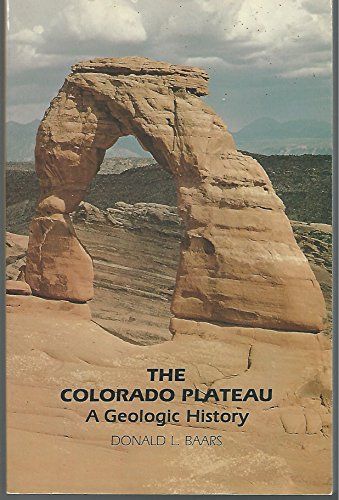|
|
Post by 1dave on Oct 29, 2020 8:39:05 GMT -5
|
|
RWA3006
Cave Dweller 
Member since March 2009
Posts: 4,633 
|
Post by RWA3006 on Oct 29, 2020 21:35:07 GMT -5
This isn't the first that I've read about fossil organic debris creating a favorable environment for the precipitation of uranium minerals. Can't say that I've ever heard of a relationship between uranium and coal though. In the area between Hanksville and the North end of the Henrys where jet is found I've seen tall hills of fossilized organic debris mixed with either ash or sediments. In the places I saw it didn't seem concentrated enough to make a lot of coal.
|
|
|
|
Post by 1dave on Oct 29, 2020 23:15:05 GMT -5
This isn't the first that I've read about fossil organic debris creating a favorable environment for the precipitation of uranium minerals. Can't say that I've ever heard of a relationship between uranium and coal though. In the area between Hanksville and the North end of the Henrys where jet is found I've seen tall hills of fossilized organic debris mixed with either ash or sediments. In the places I saw it didn't seem concentrated enough to make a lot of coal. In Utah, Colorado, and New Mexico, The trees, limbs, twigs, leaves, and smaller plants were all subjected the overwhelming winds that ripped them to shreds and peppered them with uranium, vanadium. niobium, etc. then buried in fallout and a deluge of new to the earth water that created the huge lake in the created San Juan depression |
|















